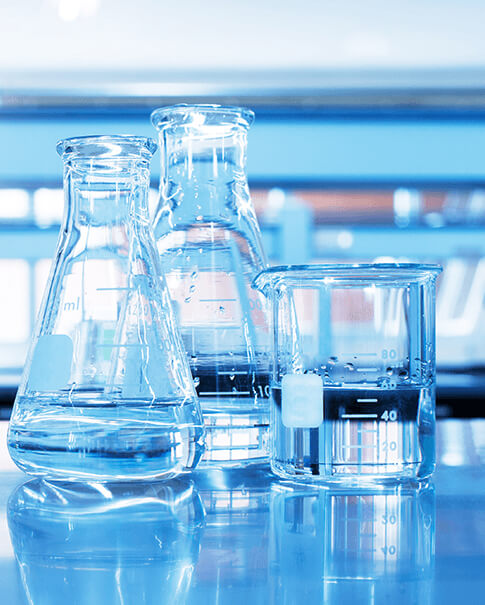What Are You Looking For?

Polyacrylamide: Improving Water Quality in Wastewater Treatment
Jul 04, 2024Polyacrylamide (PAM) is a polymer widely used in wastewater treatment due to its effectiveness as a flocculant and coagulant. Here’s a detailed explanation of its role and benefits in wastewater treatment:
What is Polyacrylamide (PAM)?
Polyacrylamide is a synthetic polymer made from acrylamide subunits. It comes in various forms, including powder, liquid, and emulsion. PAM can be nonionic, anionic, or cationic, depending on the charge of the polymer, which influences its interaction with different types of particles in water.
Mechanism of Action:
- Flocculation: PAM facilitates the aggregation of suspended particles into larger flocs, making them easier to remove. This process is called flocculation.
-Charge Neutralization: Cationic PAM neutralizes the negative charges on suspended particles, reducing repulsion and allowing particles to come together.
-Bridging: PAM molecules can bridge between particles, creating a network that traps small particles into larger flocs.
-Coagulation: While PAM itself is primarily a flocculant, it can also enhance the coagulation process when used with coagulants like aluminum sulfate or ferric chloride. Coagulation involves the destabilization of suspended particles, which then aggregate into larger particles.
Applications in Wastewater Treatment:
-Primary Treatment: PAM is used to enhance the removal of suspended solids during the primary sedimentation process.
-Secondary Treatment: It helps in the clarification process, improving the efficiency of biological treatment processes by reducing turbidity and suspended solids.
-Tertiary Treatment: PAM is used in advanced treatment processes to remove residual suspended solids and other contaminants before discharge or reuse.
-Sludge Dewatering: PAM is used to condition sludge, making it easier to dewater and reduce the volume of sludge for disposal.
Polyacrylamide is a crucial component in modern wastewater treatment processes due to its excellent flocculating properties, versatility, and efficiency. It significantly improves the removal of suspended solids and other contaminants, thereby enhancing the quality of treated water and reducing the operational costs of treatment plants. However, its use must be carefully managed to minimize any potential adverse effects on human health and the environment.